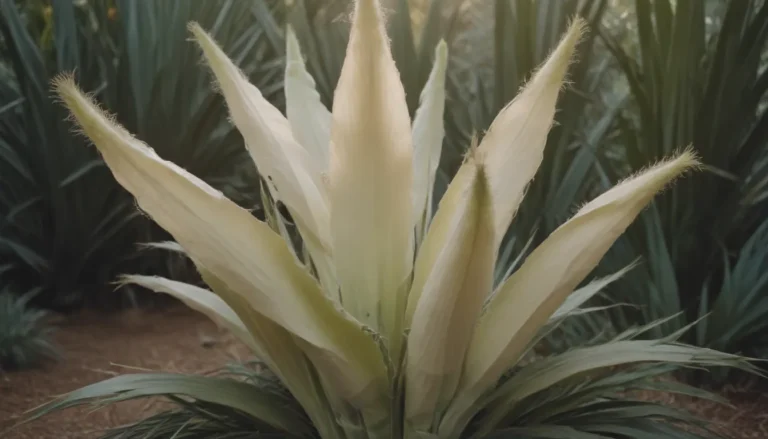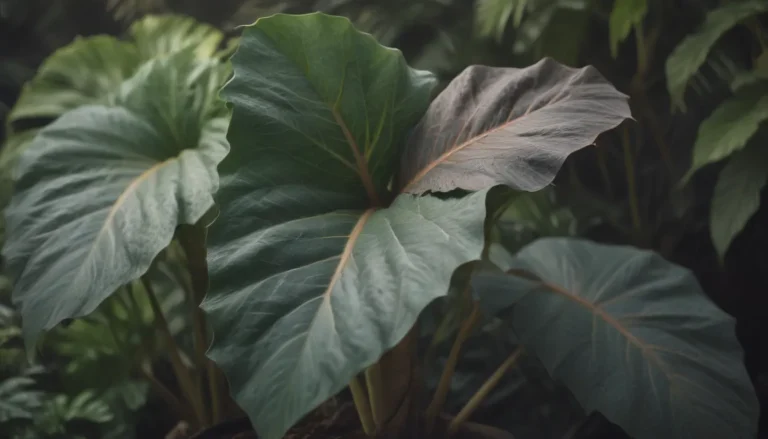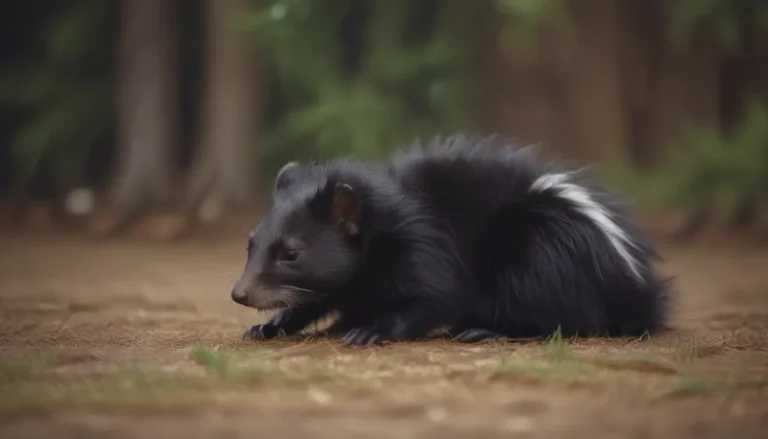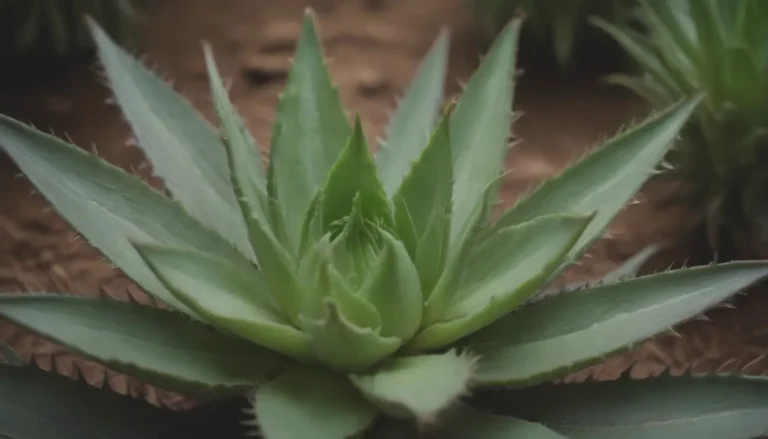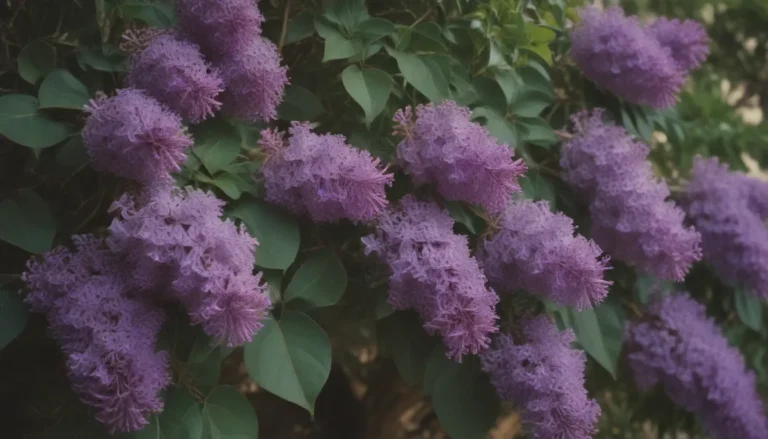The Ultimate Guide to Growing Different Types of Mint in Your Garden
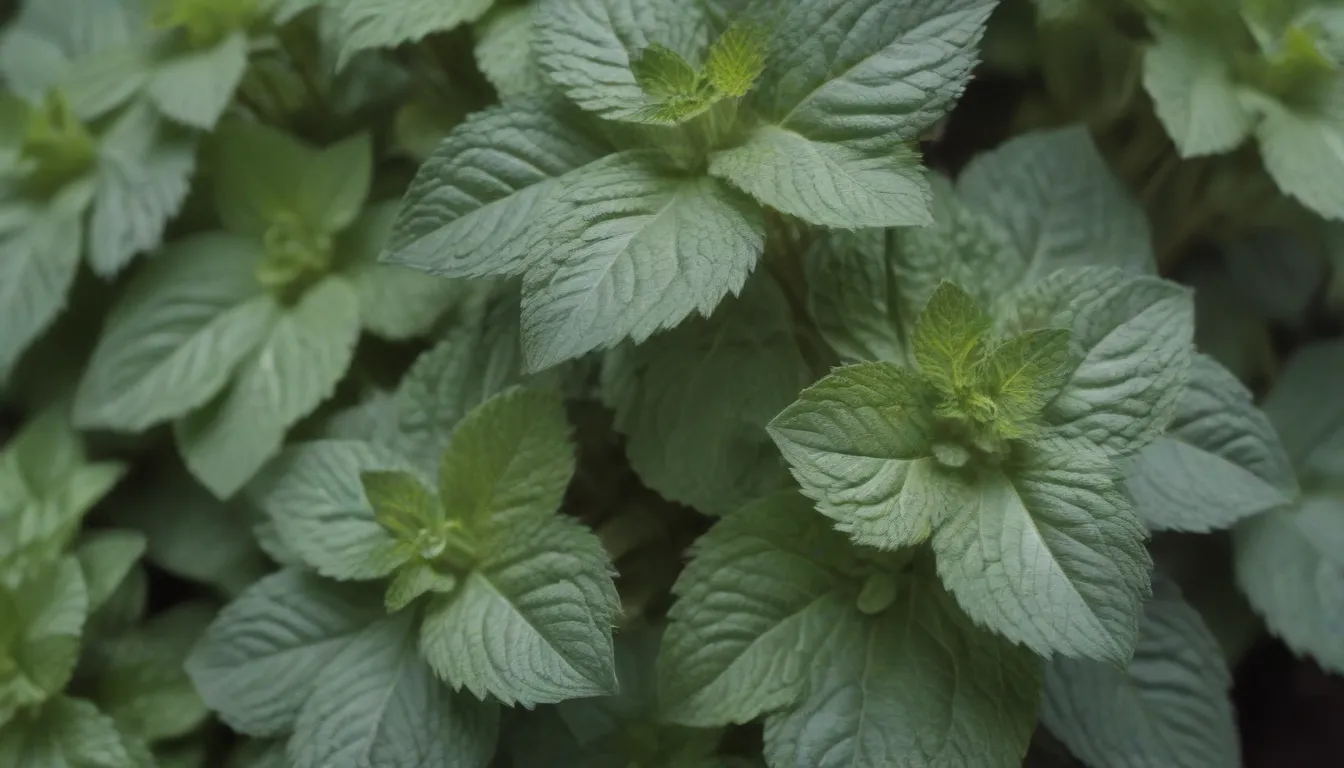
Mint plants are a popular choice for many North American gardeners, thanks to their versatility and ease of growth. Belonging to theMethagenus genus in the mint family, these herbaceous plants not only add beauty to your garden but also serve as flavorful herbs for culinary delights. With a strong scent that repels deer and cold-hardy characteristics, mint plants are a great addition to any garden. However, their ability to spread quickly through rhizomes can be a concern if not planted strategically.
In this comprehensive guide, we will explore 11 different types of mints that you can grow in your garden. From classic peppermint to exotic pineapple mint, each variety offers unique characteristics and uses. So, let’s dive in and discover the amazing world of mint plants!
Peppermint
Peppermint is a classic favorite with its pink flowers and rounded, toothed leaves that are dark green in color. This versatile herb is commonly used to flavor teas and potpourri, making it a must-have in your garden. Here are some key details about peppermint:
– Name: Peppermint
– USDA Hardiness Zones:
– Light:
– Soil:
– Mature Size:
Chocolate Mint
If you’re looking for a unique twist, chocolate mint is the perfect choice. Contrary to its name, the herb has an orangey taste and is used to flavor drinks and desserts. Its dark green foliage and lavender flowers add a touch of elegance to any garden. Here’s what you need to know about chocolate mint:
– Name: Chocolate Mint
– USDA Hardiness Zones:
– Light:
– Soil:
– Mature Size:
Spearmint
With its pointy spiked flowers and pink to pale violet blooms, spearmint is a popular flavoring agent in chewing gum, salads, and teas. Some gardeners prefer the ‘Kentucky Colonel’ cultivar for its attractive foliage. Here are the details of growing spearmint:
– Name: Spearmint
– USDA Hardiness Zones:
– Light:
– Soil:
– Mature Size:
Pennyroyal
For a unique pest deterrent, consider pennyroyal mint. This toxic mint variety stays short and spreads less aggressively, making it ideal for low ground cover. Pennyroyal bears lavender flowers and is a great choice for specific gardening needs. Here’s what you should know about pennyroyal:
– Name: Pennyroyal
– USDA Hardiness Zones:
– Light:
– Soil:
– Mature Size:
Corsican Mint
Corsican mint, a miniature mint variety, forms dense mats of tiny leaves with lilac flowers. Its fragrance, spreading ability, and tolerance to foot traffic make it a great choice for planting between stepping stones. Here’s a quick overview of Corsican mint:
– Name: Corsican Mint
– USDA Hardiness Zones:
– Light:
– Soil:
– Mature Size:
Watermint
Watermint stands out for its ability to grow in shallow water, making it perfect for water features. With light lavender flowers and dark green leaves, this mint variety adds a unique touch to any garden. Here are the details of growing watermint:
– Name: Watermint
– USDA Hardiness Zones:
– Light:
– Soil:
– Mature Size:
Apple Mint
Known for its fruity aroma and taste, apple mint is a versatile herb that works well in teas and as a ground cover. Its lighter green leaves and white or light pink blooms make it an attractive addition to any garden. Here’s what you need to know about apple mint:
– Name: Apple Mint
– USDA Hardiness Zones:
– Light:
– Soil:
– Mature Size:
Pineapple Mint
Pineapple mint, a cultivar of apple mint, is prized for its variegated leaves and fruity aroma. Ideal for fruit salads, jellies, and teas, this mint variety is also a great ornamental plant. The striking foliage of pineapple mint makes it a popular choice for garnishes. Here’s a brief overview of pineapple mint:
– Name: Pineapple Mint
– USDA Hardiness Zones:
– Light:
– Soil:
– Mature Size:
American Wild Mint
For native plant enthusiasts, American Wild Mint is a great alternative to foreign imports. Native to the U.S. and Canada, this mint variety is used in candies, jellies, and teas. Here’s what you need to know about American Wild Mint:
– Name: American Wild Mint
– USDA Hardiness Zones:
– Light:
– Soil:
– Mature Size:
Cuban Mint
Cuban mint, known for its association with the mojito cocktail, is a favorite culinary herb with its strong aroma and flavor. Beyond mojitos, this mint variety can be used to flavor teas and other dishes. Here’s a quick overview of Cuban mint:
– Name: Cuban Mint
– USDA Hardiness Zones:
– Light:
– Soil:
– Mature Size:
Margarita Mint
If you’re a fan of margaritas, Margarita Mint is the perfect choice for your garden. With lime-scented leaves and lilac flowers, this mint variety adds a refreshing touch to cocktails. Unlike most mints, Margarita Mint spreads via above-ground runners, making it less invasive. Here are the key details about Margarita Mint:
– Name: Margarita Mint
– USDA Hardiness Zones:
– Light:
– Soil:
– Mature Size:
Tips for Growing Mint in Your Garden
Before you plant mint in your garden, consider how you plan to use it. Here are some tips to ensure successful mint growing:
– If you’re using mint for culinary purposes, plant it in a pot to control spreading.
– Choose slower-growing varieties like Pennyroyal or Corsican mint for ground cover.
– Always research the specific needs of each mint variety before planting.
With these 11 types of mints, you can enhance your garden with beautiful foliage and delightful flavors. Experiment with different varieties to discover your favorites and enjoy the benefits of growing mint at home. Happy gardening!
